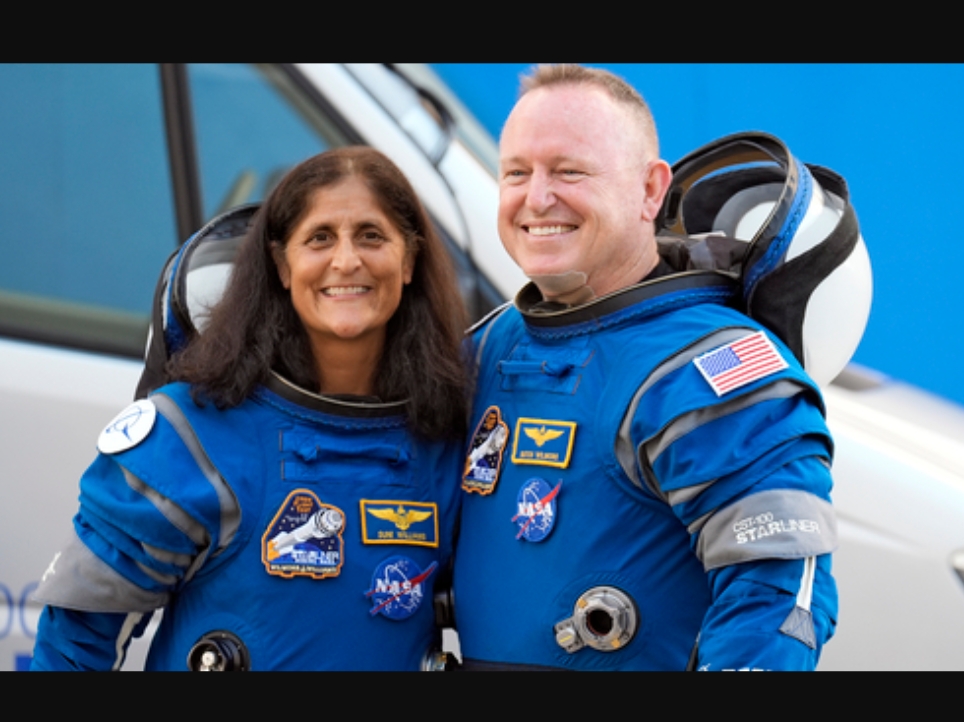
Sunita Williams and Butch Wilmore’s Space Odyssey: A Saga of Endurance and Discovery
On June 5, 2024, NASA astronauts Sunita Williams and Barry “Butch” Wilmore embarked on what was meant to be a brief yet groundbreaking mission to the International Space Station (ISS) aboard Boeing’s Starliner spacecraft. However, what was originally planned as an eight-day expedition turned into an extraordinary 286-day saga filled with resilience, scientific breakthroughs, and unexpected challenges.
A Mission Redefined by Adversity
This mission was pivotal for NASA’s Commercial Crew Program, an initiative designed to integrate privately developed spacecraft into human spaceflight operations. The Starliner’s objective was to demonstrate its capability for safely transporting astronauts to and from the ISS.
However, soon after docking at the ISS, serious technical anomalies emerged, including helium leaks and thruster malfunctions. These setbacks rendered the spacecraft unsuitable for an immediate return. As a result, Williams and Wilmore had to adapt to an extended stay, transforming their mission into a long-duration spaceflight experiment that NASA had not initially anticipated.
Surviving and Thriving in Space
During their extended tenure, Williams and Wilmore immersed themselves in cutting-edge research, spacewalks, and station maintenance. Their presence contributed to vital studies on human endurance in microgravity, helping to refine NASA’s long-term strategies for future lunar and Martian missions.
They were later joined by NASA astronaut Nick Hague and Russian cosmonaut Aleksandr Gorbunov, further reinforcing international collaboration aboard the ISS. Despite the unplanned extension, the astronauts remained determined and adaptive, pushing the frontiers of space science.
A Historic Return on SpaceX’s Dragon
With the Starliner deemed unsafe for immediate use, NASA made the strategic decision to bring them home aboard SpaceX’s Dragon Freedom spacecraft. On March 18, 2025, after nearly nine months in orbit, Williams, Wilmore, Hague, and Gorbunov boarded Dragon Freedom and bid farewell to the ISS.
As the spacecraft pierced through Earth’s atmosphere, anticipation built up. The reentry was executed flawlessly, with Dragon Freedom deploying parachutes and gently splashing down in the Gulf of Mexico off Florida’s coast. Recovery teams swiftly arrived, ensuring a seamless retrieval.
Williams, ever the beacon of enthusiasm, was seen smiling, waving, and giving a thumbs-up, epitomizing the tenacity and indomitable spirit of space explorers.
The Legacy of the Mission
This unprecedented mission underscored the unpredictable nature of space travel and the unwavering ingenuity of NASA and its partners. While the Starliner’s challenges exposed critical areas for improvement, the astronauts’ prolonged stay provided invaluable data for future deep-space missions.
More than just an extended voyage, this mission became a symbol of human perseverance, scientific innovation, and global cooperation. Sunita Williams, with her boundless energy and legendary spaceflight experience, once again proved that the cosmos belongs to those who dare to push beyond limits.
